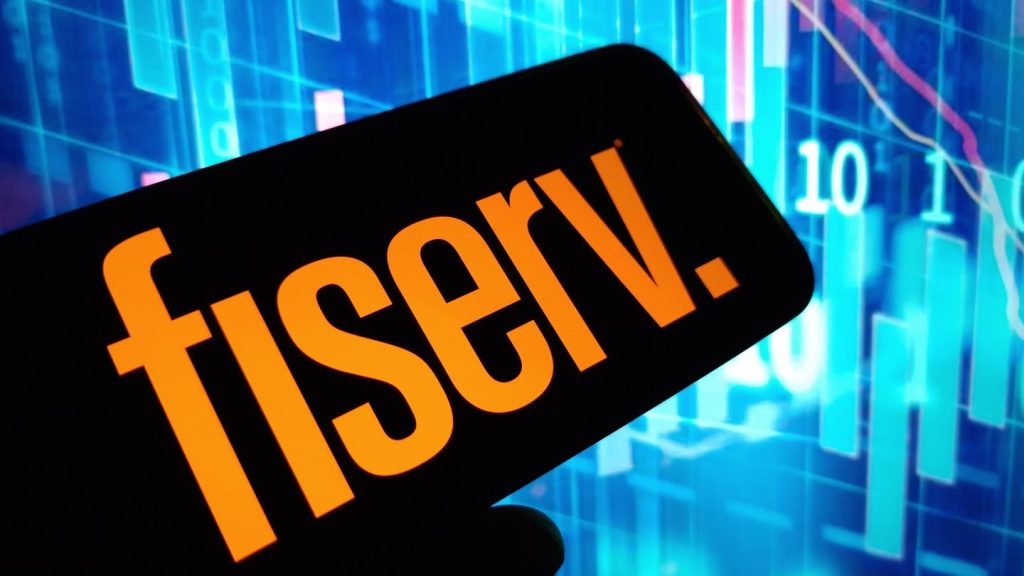Vietnam remains a cash-dominant country, with much of its population having no access to the formal banking system. A large proportion of Vietnam’s population lives in rural areas and depends on moneylenders and other informal providers to access financial services.
The percentage of the population aged 15 or above in Vietnam with a bank account was 30.9% in 2014, according to the World Bank’s Global Findex survey. Payment card uptake in Vietnam is low, with card penetration (cards per inhabitant) at 1.03. This is a result of limited consumer awareness of the benefits of electronic payments, and insufficient access to formal banking.
Nearly 50% of issued payment cards in the country are dormant, and 90% of active cards are only used to make cash withdrawals from ATMs; only 10% are used for in-store payments. The average number of monthly card transactions at POS terminals is very low, at 0.05, which is lower than in peer countries including Thailand, the Philippines, Cambodia and Pakistan.
However, with the government and banks making efforts to increase banking penetration, payment card use is expected to rise over the next five years.

Government and other bodies’ efforts to increase banking penetration through financial inclusion
With the country’s large unbanked population, financial inclusion remains a priority, and the government and other bodies have been taking initiatives to improve banking penetration in Vietnam. The government plans to grow microfinance in phases by 2020, by developing a safe and sustainable financial system to serve low-income consumers and small businesses. This includes formulating microfinance-related guidelines, developing a credit bureau, and revising the legal framework for microfinance institutions and linking them to other credit institutions.
To promote financial literacy, independent consumer protection body the Vietnam Standards and Consumers Association (Vinastas) is educating consumers about savings, loans and other financial services. The Women’s Union and the Vietnam Farmer’s Union play key roles in promoting financial inclusion by providing information about financial services to consumers, and helping them overcome financial problems. These initiatives are expected to improve consumer awareness of the financial system.
Growing middle- and high-income populations to support the underpenetrated credit card market
Credit cards accounted for 3.6% of the payment card transaction value in 2015. Credit card penetration in Vietnam was 4.9 cards per 100 inhabitants in 2015, lower than in peer countries including Thailand (32.0) and the Philippines (8.3). Despite its small size, the credit card market offers growth potential, supported by rising middle- and high-income populations, and changing consumer habits.
The rapidly growing middle- and high-income populations have driven the growth of credit cards in Vietnam. According to a survey by the Boston Consulting Group (BCG) in 2014, Vietnam had the fastest-growing middle-class and high-income population in Southeast Asia; this population is expected to reach nearly 30 million by 2020.
Consumer shopping behaviour is also changing gradually, with nearly 80% of consumers occasionally shopping at modern retail outlets such as supermarkets and hypermarkets. However traditional brick-and-mortar shops are the main consumer sales points, according to the BCG survey. Growth in modern trade combined with deals, discounts and promotions offered by retailers encourage consumers to use credit cards more frequently.







